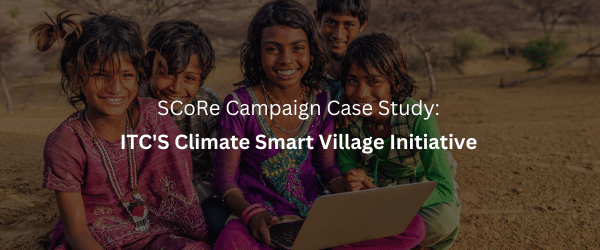
10 Tips to Avoid Becoming a Bad Customer Servicing Person
September 11, 2019
How to Explain Public Relations – ‘The house of PR’
September 30, 2019The concept of instagram slacktivism – How this has become a new form of activism and how social media can be both undermine and facilitate protests.
Seriously. Can we keep instagram politics free? It should be a utopia of social media compared to the rest right now! – Chris Barrows
Today, Instagram is amongst the fastest growing social media platforms in the world. According to reports, the app has over 155, 430, 000 monthly users in India alone. The platform is home to people from all walks of life, with a lot of Tier 2 and Tier 3 users joining the app at a rapid pace.
The relationship between politics and social media is being widely discussed. The expression of political opinion on social media is important in this regard. Simply put, when you have a political orientation, you don’t want to hold it in. The expression of one’s political opinion is essential and as Article 19(1) (a) of Indian Constitution says, all citizens have the right to freedom and expression.
The world today is a breeding ground for heated political discussions and Instagram has certainly not been immune to this invasion of political opinions from all directions. The app has been a hit among political parties as academicians and practitioners are flocking into the fastest growing social platform. A majority of this population believes that social media can be a force for political and social change. Hashtags, tags, personalisation of accounts, massive user interaction through polls, Instagram TV, live videos and stories are a few ways through which the users are mobilized.
Related article: Public Relations is becoming more digital
More and more citizens are representing electoral politics on Instagram as something they have a genuine stake in. Users are increasingly communicating their thoughts and beliefs with utmost urgency and enthusiasm. Even so, studies around the world have found out that users are less likely to engage with political posts on Instagram. Although Instagram users vary in their purposes for using the platform, the majority are drawn to this app for social buzz and not for political issues. One of the reasons for this is the users tend to turn to other sources for political discussions, like Facebook or Twitter, and Instagram is just a platform where they can escape from the concerns of politics.
It is occasionally possible to change someone’s political orientation through memes and photo content over Instagram, it is far more likely that you’ll annoy someone with a political post on a platform where people aren’t necessarily expecting it. The purpose of political thought on social media should be to start a discussion, but if you are trying to do that in a space where no one wants to see an intrusion of politics, you are less likely to start a debate. This leads to political burnouts. Hence, the discussion should be kept at places where it won’t be jarring- namely Twitter, Facebook and of course in person.
All these conversations are relate to the concept of online Slacktivism, also known as armchair activism or keyboard activism.
The United Nations have defined slacktivism as: “supporting a cause by performing simple measures” but “not truly engaging or devoting for making a change.” The main argument for Slacktivism is that politicized discourse often goes viral, but it comes with a cost of meaningful engagement with the topic in hand. Instagram slacktivism takes many forms. Most commonly: Profile pictures are updated whenever the political crisis emerges, stories posted to spread awareness amongst the users, politically-inspired posts and videos. Accounts such as ‘flop accounts’ have emerged on Instagram whereby users discuss hot button topics; Elections, breaking news, tolerance, gun control, abortion and so on and so forth. Although these actions have resulted in displaying public displays of support, all these often amount to little or no actual action. A simple like or a simple profile picture change, while creating the illusion of political activism and participation generally fails to stimulate further action.
But the question is why is Instagram slacktivism so popular?
Mainly because Instagram slacktivism is easy, has low risk and is non-committal. It is very easy to like a post in support, share a political post and never actually engage. Though Slacktivism may inspire certain individuals to lead a political cause, it has rarely happened. It is great if a social cause is looking only for awareness, but any political causes don’t get what they need simply through awareness. Instagram slacktivism is not a silver bullet to making a big change in the world. Slacktivism has reduced a person’s capability to protest for change or volunteer for a cause because it is an easy substitute.
In terms of social causes: slacktivism has created more awareness which has led to more donations in various cases. Armchair activism can indeed turn a protest into a social movement. Creating a user base that is willing to support a public cause, online or offline is never a bad thing. The problem arises when a cause gains 10000 followers but help never reaches to the ones in need. It would be great if we could change the world with the click of a button.
Related Article: Public Relations for Social Causes
– Dikshita Kaushik

Dikshita is a part of Class of 2020 of PG Programme in PR and Corporate Communications at SCoRe, Mumbai. Hailing from from Golaghat, Assam the idea of communication has always intruiged her. After her education in International Studies, she chose to pursue Public Relations. She is a team player and an active learner.
She can be reached at @Dikshita__ on Twitter and as Dikshita Kaiushik on LinkedIn
This blog post originally appeared on Dikshita’s Blog Page:




